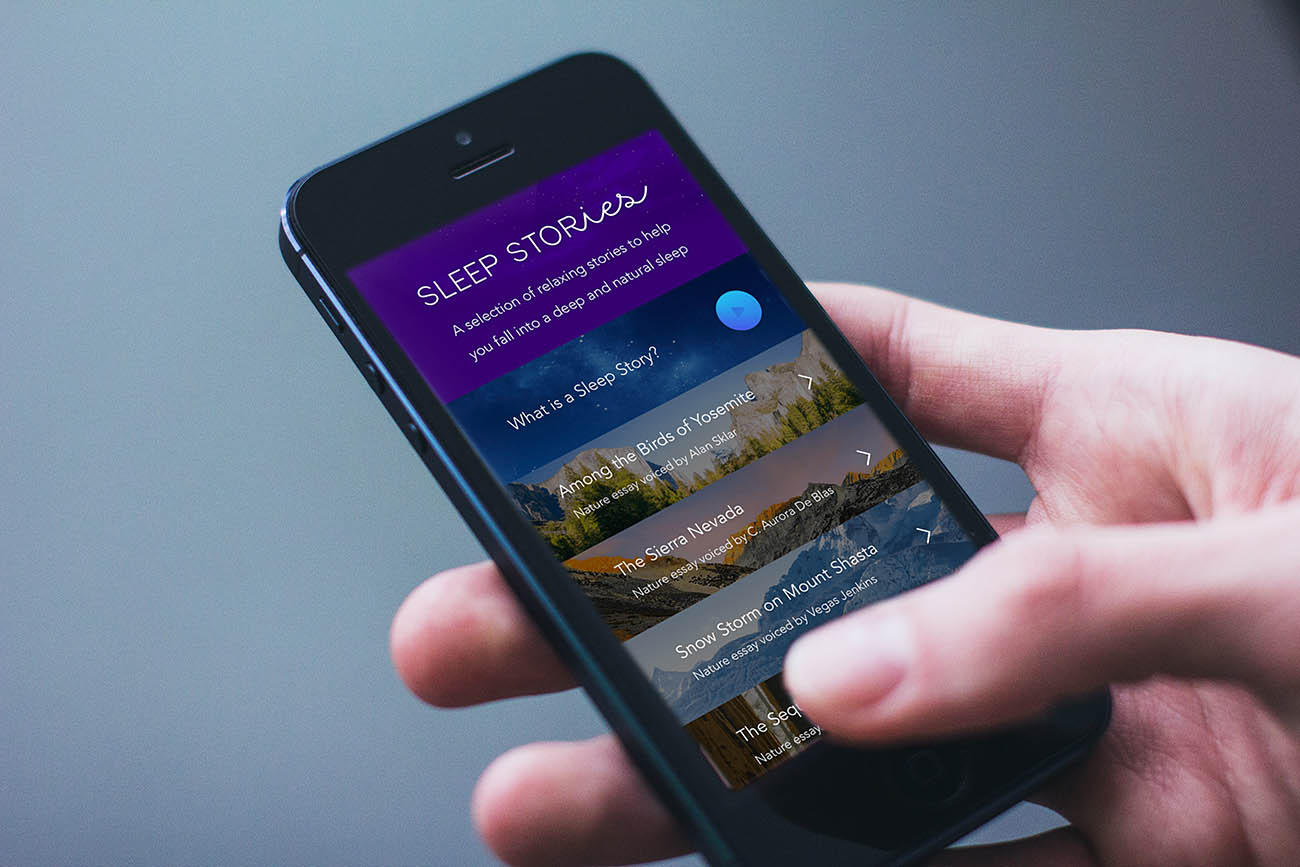It’s tough for apps out there. With thousands of game and millions of customers, making your player hold on to your gaming app is challenging. To put the picture right, there are over 2.8 and 2.2 Million apps on the App Store and Google Play respectively. So, yes, no matter what you are offering, there is an alternate out there.
With an average smartphone having over a dozen apps and the maximum time spent being dominated by the biggest names, it is fighting for crumbs. The expectations of the players are super high and if your app doesn’t deliver on all platforms at a speed faster than their expectations, then you are bound to get left out.
So, how do you really hold on to a player over a period so that you can monetize and get the most out of them? Here are some facts to get you started:
- Users will spend 30% more money on app stores in 2018, expecting it to cross $110 Billion as per App Annie.
- The average user will spend 10% more time in mobile apps; that’s around 2.5 hours per day as per eMarketer and comScore
- Over 40% of smartphone owners use a minimum of 20 different apps every month as per comScore.
Key Trends Affecting the App Marketing Space
The importance of positioning your game and putting it right there for your players is the first step towards holding on to your players. There are over 400 app installation happening, just through different media advertisements. You would want your brand name to be there. Further, there are nearly 1.4 billion apps that are opened and experienced. This is again a segment where your brand positioning plays a role.
We can also say is that it’s the non-organic app discovery that is leading apps to increase their investment in marketing. There has been over 84% jump from 2015 to 2017, while there’s a 11% decline in organic app in the same timeframe.
This non-organic rise is due to focusing on data, tech enhancements and optimization on the media side. But ultimately it is the combination of non-organic and organic traffic that is required to make a gaming app work. While on the one hand the former can provide scale, control and quality, it is the latter that gives superior quality, helps reduce eCPI and increase profitability. One prominent player in the gaming industry, is RummyCircle providing Indian Rummy to its players. The game has high player retention and works on giving a personalized experience to each of its players. With new tournaments and games, it offers players what they are looking for. Of course, there are other top game companies riding the same tide as 99Games, CreatioSoft and more. Each of these companies bring game improvements that keep the player coming back for more.
App engagement is improving
What the industry now clearly understands is that app install is just one step in their funnel. Without an improvement in app usage, driving revenue is going to be tough. Plus, if you want the app to grow, it also has to be engaging for the audience. There are three data points that clearly demonstrate the post install metrics.
- Retention rate up by 15%: By using advanced retention and cohort reports, gamers have improved the app retention by 15% in 2017. Most of this jump is due to non-organic traffic. Even though the growth looks impressive, there is only 7% stickiness in a 30 days period.
- Retargeting conversions have grown 3 Times: Retargeting has helped brands re-engage with their existing user base. Apps are now able to direct players from a personalized ad to a specific landing page within the app. This helps players connect with the brand and improve retention rate.
- Tracking of Different Events on the Rise: There are different events that can now be tracked helping measure the post-install activity. With these tracking mechanisms in place, the brands can make more media spend decisions, segmentation, funnel analyses and improve their re-engagement strategy.
Revenue has improved but the media cost has also gone up
The cost of media especially cost per install has increased 28% year over year. There are multiple reasons for this. There has been a significant shift from desktop to apps. Games like ludo, poker and other games that were predominantly desktop games, have now moved to app experience. Consumers now use app to play online rummy, 3 Patti and other card games, bringing them to the top grossing apps of India.
Videos are seen as a medium to connect with the player whether it is for entertainment, tutorials or promoting their product. The good news is that marketers are improving in monetization, measurement and optimization. As a result, the average revenue per user has grown to 40% year on year. In the year 2018 also, we can expect this trend to continue.
Conclusion
Holding on to your player is not easy, but with the multiple options and tracking mechanisms, the gaming industry has a lot to look forward to, with 2018 bringing the best gaming apps to the forefront.


















